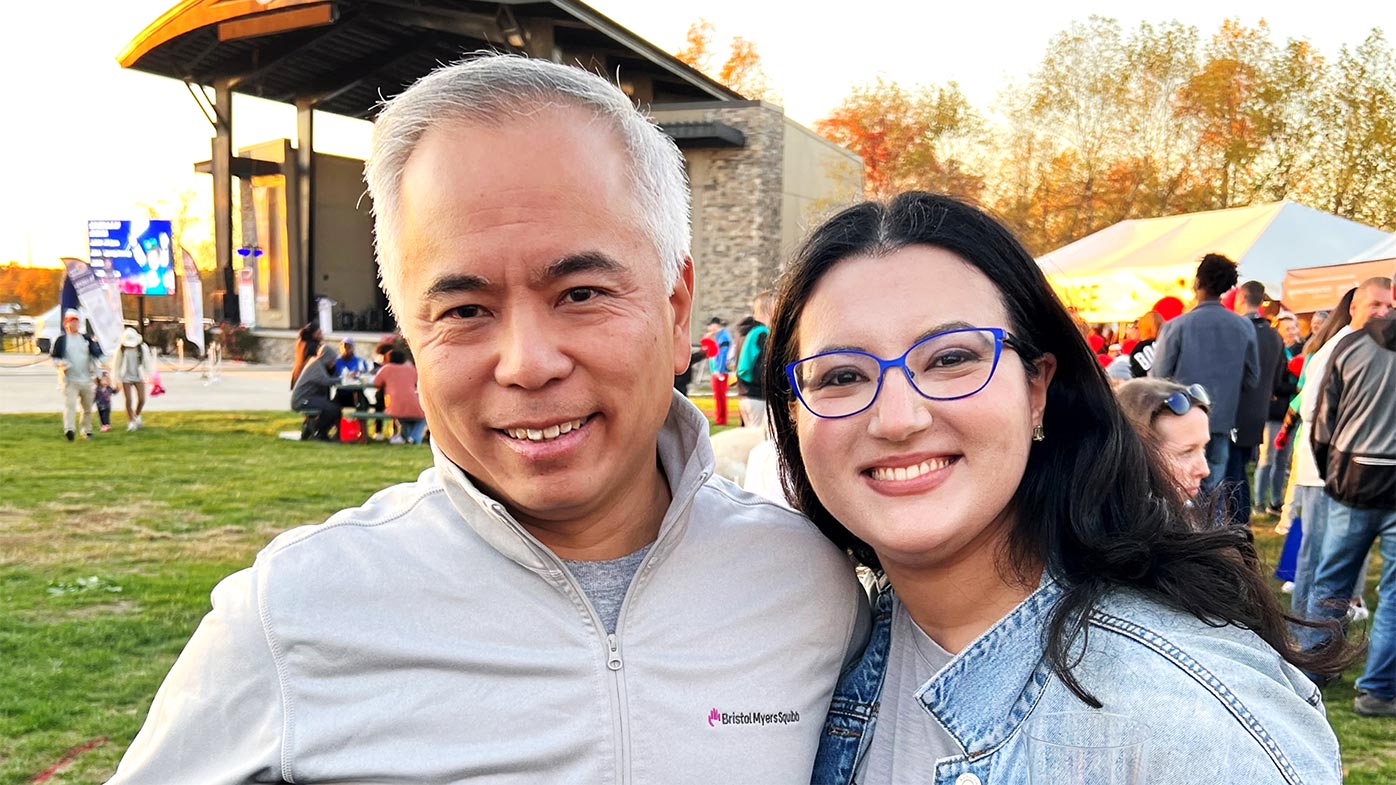
Dr. Loretta J. Nastoupil, MD Anderson Cancer Center
What is the tumor microenvironment?
“Recently, researchers have been paying increased attention to the tumor microenvironment—the cells, molecules and pathways that surround and support the growth of tumor cells.
When B-cells, a type of white blood cell, become cancerous in follicular lymphoma, they have migrated from the bone marrow, where they are produced, to the lymph node. The microenvironment within the lymph node is essential in maintaining this disease. Complex interactions between cells in the nodes keep the cancerous B-cells growing.”
Why is targeting the microenvironment in follicular lymphoma worth studying?
“We tend to consider follicular lymphoma as more of a chronic disease than a fatal one. Patients generally do well with treatment, but we can’t cure it. Current therapies can put most people in remission, when there are no signs of cancer, but it usually comes back. If we can understand the tumor biology better, we hope to develop treatments that lead to a more durable remission.
We know that the microenvironment plays a critical role in maintaining this disease, helping it to thrive and to resist treatment. Right now, characterizing the microenvironment is our best predictor of how well someone with follicular lymphoma is going to do. If we can figure out better ways to target whatever structures support the lymphoma, instead of helping to stop DNA replication like some current therapies do, we might progress how we treat patients with follicular lymphoma.”
Why can’t we just target the genetic drivers of follicular lymphoma?
“With solid tumors, immune cells infiltrate in small numbers. If you can target or block that mutation, you can stop or slow that tumor from growing. But in follicular lymphoma, it’s not the same.
About 90 percent of patients with follicular lymphoma have an abnormal rearrangement between parts of two chromosomes, called a translocation. But you can’t target that abnormality for treatment. Acquiring the translocation is just the first in a multi-step process that leads to follicular lymphoma. The other steps lead to more genetic alterations, which provide some survival advantage to that cancer cell, including masking them from the immune system’s search-and-destroy process.”


